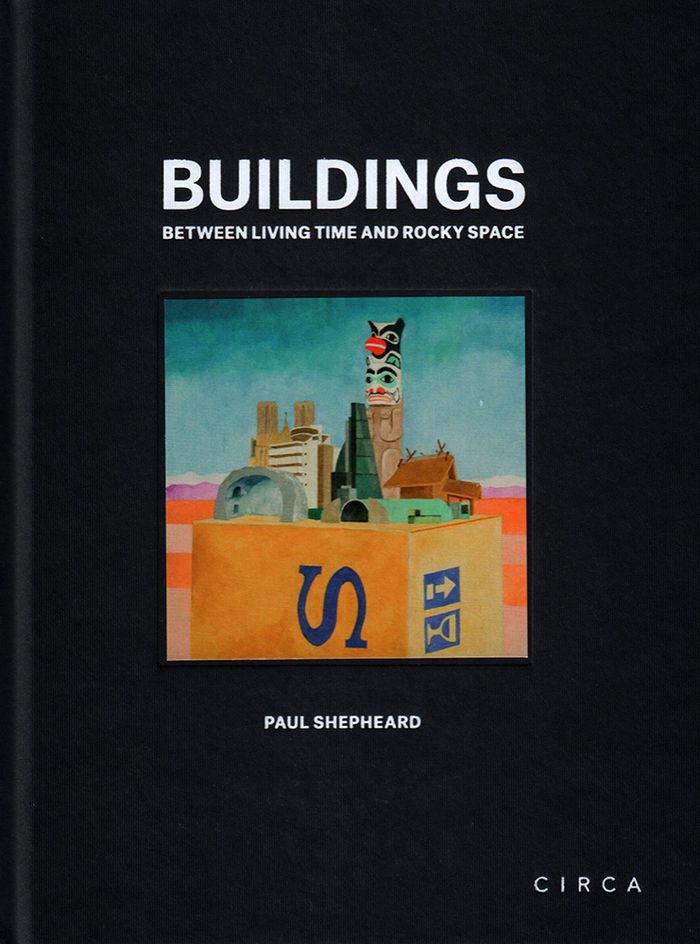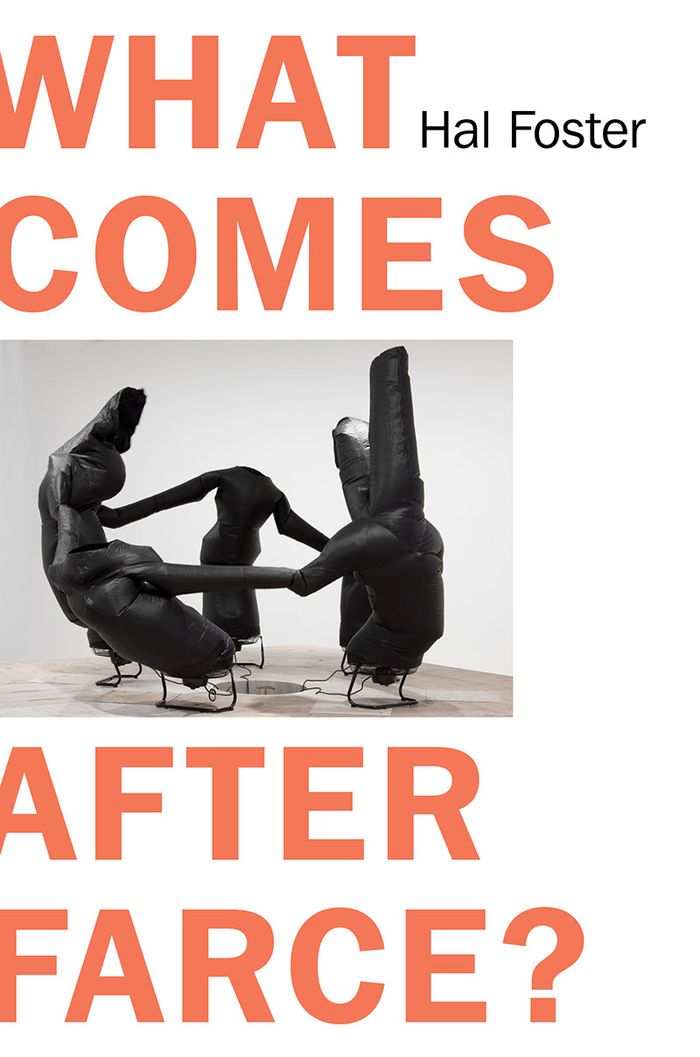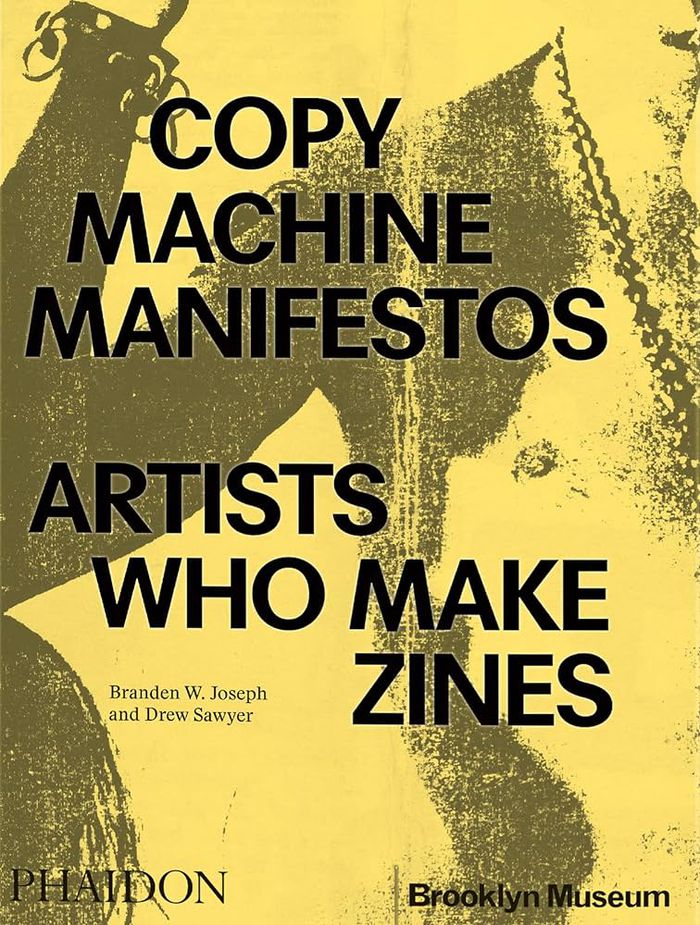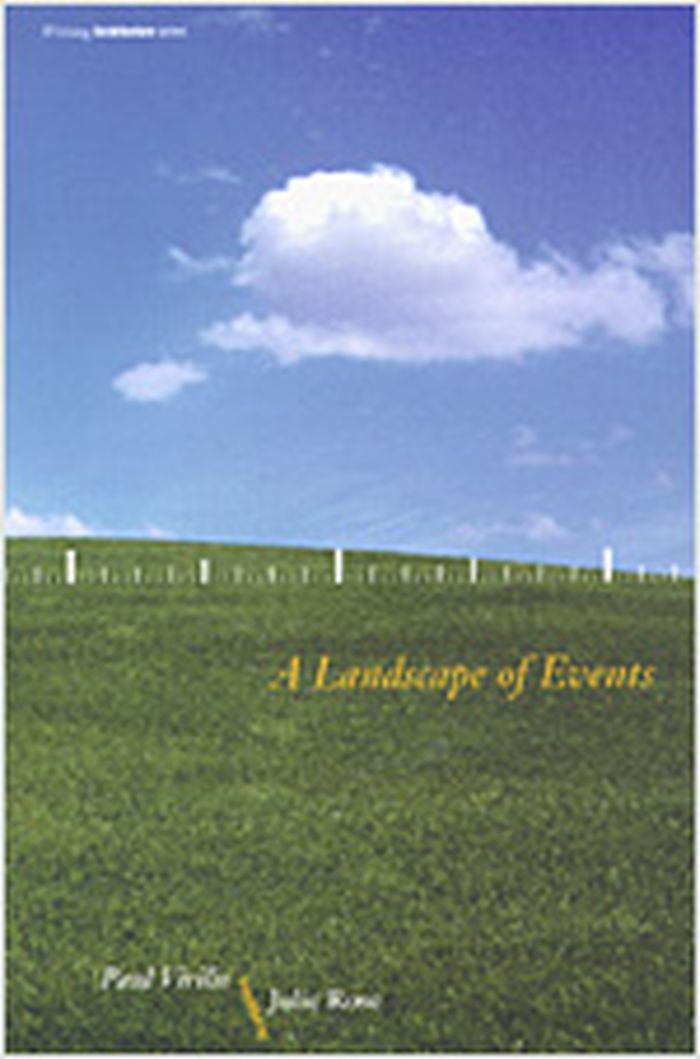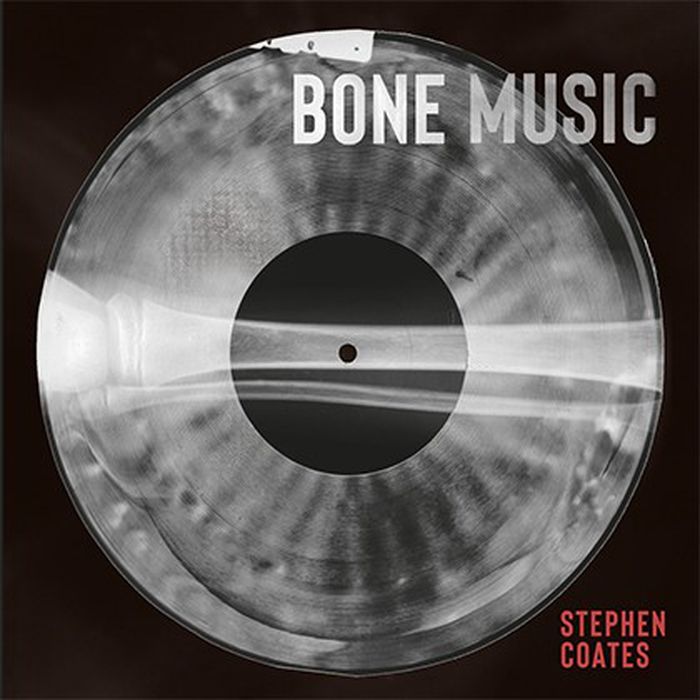$34.00
(disponible sur commande)
Résumé:
Why write about buildings? Buildings are chunks of the material of the natural world, refashioned by humans and set down into place to stand as silent as the rocks and trees from which they were made. How can we describe that mute actuality? A building’s only complete description is itself. Writing often intensifies the cloud that obscures buildings rather than dissipates(...)
Buildings: between living time and rocky space
Actions:
Prix:
$34.00
(disponible sur commande)
Résumé:
Why write about buildings? Buildings are chunks of the material of the natural world, refashioned by humans and set down into place to stand as silent as the rocks and trees from which they were made. How can we describe that mute actuality? A building’s only complete description is itself. Writing often intensifies the cloud that obscures buildings rather than dissipates it. So why do it? Two generations ago, architects had a real job to do, rebuilding cities shattered by war. It turned out to be more difficult than it looked. Now the grandchildren of those utopians have a different role, which is to rescue a world that is being turned by the media, the money men and the machines into a replica of itself. In this book Paul Shepheard takes a sideways look at this elusive task and finds himself writing an ode to buildings, which asks: What are they? When do they happen? And how are they used?
Théorie de l’architecture
$60.00
(disponible sur commande)
Résumé:
Over the past decade, an artistic movement has emerged that draws on machine learning as both inspiration and medium. In this book, transdisciplinary artist-researcher Sofian Audry examines artistic practices at the intersection of machine learning and new media art, providing conceptual tools and historical perspectives for new media artists, musicians, composers,(...)
Art in the age of machine learning
Actions:
Prix:
$60.00
(disponible sur commande)
Résumé:
Over the past decade, an artistic movement has emerged that draws on machine learning as both inspiration and medium. In this book, transdisciplinary artist-researcher Sofian Audry examines artistic practices at the intersection of machine learning and new media art, providing conceptual tools and historical perspectives for new media artists, musicians, composers, writers, curators, and theorists. Audry looks at works from a broad range of practices, including new media installation, robotic art, visual art, electronic music and sound, and electronic literature, connecting machine learning art to such earlier artistic practices as cybernetics art, artificial life art, and evolutionary art.
Théorie de l’art
What comes after farce?
$33.95
(disponible sur commande)
Résumé:
If farce follows tragedy, what follows farce? Where does the double predicament of a post-truth and post-shame politics leave artists and critics on the left? How to demystify a hegemonic order that dismisses its own contradictions? How to belittle a political elite that cannot be embarrassed, or to mock party leaders who thrive on the absurd? How to out-dada President(...)
What comes after farce?
Actions:
Prix:
$33.95
(disponible sur commande)
Résumé:
If farce follows tragedy, what follows farce? Where does the double predicament of a post-truth and post-shame politics leave artists and critics on the left? How to demystify a hegemonic order that dismisses its own contradictions? How to belittle a political elite that cannot be embarrassed, or to mock party leaders who thrive on the absurd? How to out-dada President Ubu? And, in any event, why add outrage to a media economy that thrives on the same? 'What Comes After Farce?' comments on shifts in art, criticism, and fiction in the face of the current regime of war, surveillance, extreme inequality, and media disruption. A first section focuses on the cultural politics of emergency since 9/11, including the use and abuse of trauma, paranoia, and kitsch. A second reviews the neoliberal makeover of art institutions during the same period. Finally, a third section surveys transformations in media as reflected in recent art, film, and fiction. Among the phenomena explored here are “machine vision” (images produced by machines for other machines without a human interface),“operational images” (images that do not represent the world so much as intervene in it), and the algorithmic scripting of information so pervasive in our everyday lives.
Théorie/ philosophie
$64.95
(disponible en magasin)
Résumé:
''Copy machine manifestos'' captures the rich history of artists' zines as never before, placing them in the lineage of the visual arts and exploring their vibrant growth over the past five decades. Fully illustrated with hundreds of zine covers and interiors, alongside work in other media, such as painting, photography, film, video, and performance, the book also(...)
février 2024
Copy machine manifestos: Artists who make zines
Actions:
Prix:
$64.95
(disponible en magasin)
Résumé:
''Copy machine manifestos'' captures the rich history of artists' zines as never before, placing them in the lineage of the visual arts and exploring their vibrant growth over the past five decades. Fully illustrated with hundreds of zine covers and interiors, alongside work in other media, such as painting, photography, film, video, and performance, the book also features brief biographies for more than 100 zine-makers. Accompanying a major exhibition at the Brooklyn Museum, this expansive book, bound as a paperback with a separate jacket, focuses on zines from North America, celebrating how artists have harnessed the medium's essential role in community building and transforming material and conceptual approaches to making art across all media since 1970.
A landscape of events
$26.95
(disponible sur commande)
Résumé:
In "A Landscape of Events", the celebrated French architect, urban planner, and philosopher Paul Virilio focuses on the cultural chaos of the 1980s and 1990s. It was a time, he writes, that reflected the "cruelty of an epoch, the hills and dales of daily life, the usual clumps of habits and commonplaces." Urban disorientation, the machines of war, and the acceleration(...)
A landscape of events
Actions:
Prix:
$26.95
(disponible sur commande)
Résumé:
In "A Landscape of Events", the celebrated French architect, urban planner, and philosopher Paul Virilio focuses on the cultural chaos of the 1980s and 1990s. It was a time, he writes, that reflected the "cruelty of an epoch, the hills and dales of daily life, the usual clumps of habits and commonplaces." Urban disorientation, the machines of war, and the acceleration of events in contemporary life are Virilio's ongoing concerns. He explores them in events ranging from media coverage of the Gulf War to urban rioting and lawlessness. Some will see Virilio as a pessimist discouraged by "the acceleration of the reality of time," while others will find his recording of "atypical events" to be clairvoyant.
Théorie de l’architecture
livres
$62.00
(disponible sur commande)
Résumé:
An inquiry into emergent media's rich lineage, "Devices of Wonder" explores the artful machines humans have used to augment visual perception. The encyclopedic cabinet of curiosities serves as a model for this study of the archaic instruments lurking in state-of-the art technology. Featured in "Devices of Wonder" are android automata, lunar landscapes, perspective(...)
Théorie de l’architecture
novembre 2001, Los Angeles
Devices of wonder from the world in a box to images on a screen
Actions:
Prix:
$62.00
(disponible sur commande)
Résumé:
An inquiry into emergent media's rich lineage, "Devices of Wonder" explores the artful machines humans have used to augment visual perception. The encyclopedic cabinet of curiosities serves as a model for this study of the archaic instruments lurking in state-of-the art technology. Featured in "Devices of Wonder" are android automata, lunar landscapes, perspective theaters, vues d'optique, microscopes, magnetic games, magic lanterns, camera obscuras, boxes by Joseph Cornell, Lucas Samaras's Mirrored Room, Suzanne Anker's Zoosemiotics, Mark Tilden's UniBug 3.1, panoramic works by Jeff Wall and Giovanni Lusieri, paintings by Jean-Baptiste Chardin and Joseph Wright of Derby, projections by Diana Thater and James Turrell, and a pop-up book by Kara Walker. Barbara Stafford's introduction weaves these fascinating artifacts into a provocative narrative analyzing the complex links between old and new media. Her wide-ranging investigation is complemented by thirty-one short essays in which Frances Terpak tracks the often surprising connections among individual items. Like the cabinet of curiosities, "Devices of Wonder" functions as an analogical instrument, reframing the beautiful "eye machines" that continue to mediate our encounters with the world. This book is published in conjunction with an exhibition at the Getty from November 13, 2001, through February 6, 2002.
livres
novembre 2001, Los Angeles
Théorie de l’architecture
$45.95
(disponible sur commande)
Résumé:
During the Cold War era, the songs that Soviet citizens could listen to were ruthlessly controlled by the state. But a secret underground subculture of music lovers and bootleggers defied the censors, building recording machines and making their own records of forbidden jazz, rock 'n' roll, and Russian music, cut onto used hospital x-ray film. Foregrounding interviews(...)
Bone music: Soviet X-Ray audio
Actions:
Prix:
$45.95
(disponible sur commande)
Résumé:
During the Cold War era, the songs that Soviet citizens could listen to were ruthlessly controlled by the state. But a secret underground subculture of music lovers and bootleggers defied the censors, building recording machines and making their own records of forbidden jazz, rock 'n' roll, and Russian music, cut onto used hospital x-ray film. Foregrounding interviews and oral testimonies gathered over five years, this volume presents the stories of the original bone bootleggers, their customers, musicians, record collectors, and commentators, evoking a spirited resistance to a repressive culture of prohibition and punishment. Richly illustrated with dozens of new images of Soviet x-ray discs and sound letters, the book details how the bootleggers worked, outlining the technical precedents of their techniques, situating their discs in a revised history of recorded media, and bringing a wealth of compelling new detail.
Acoustique
